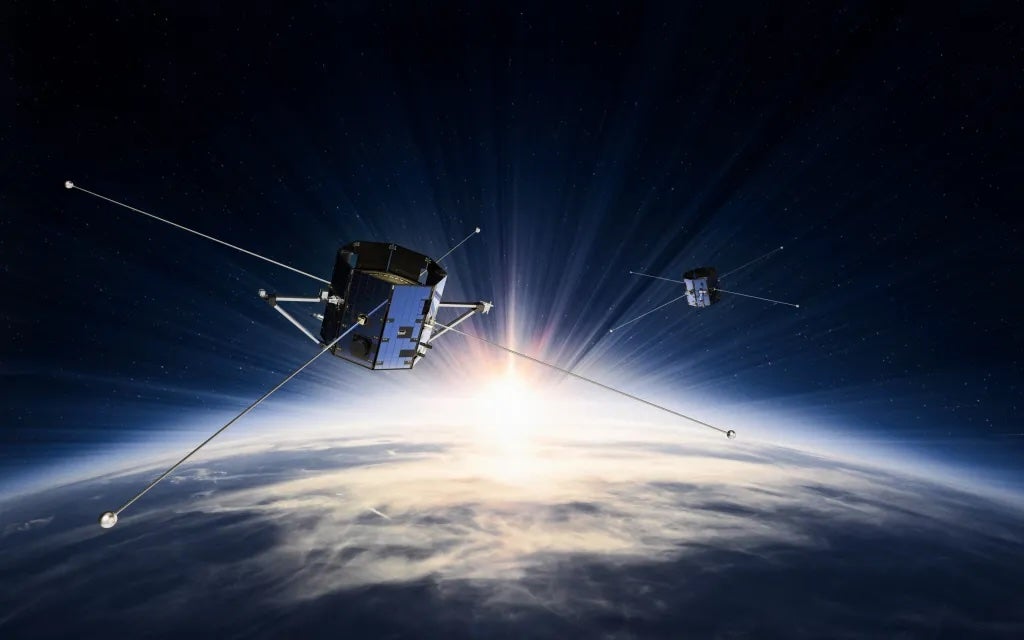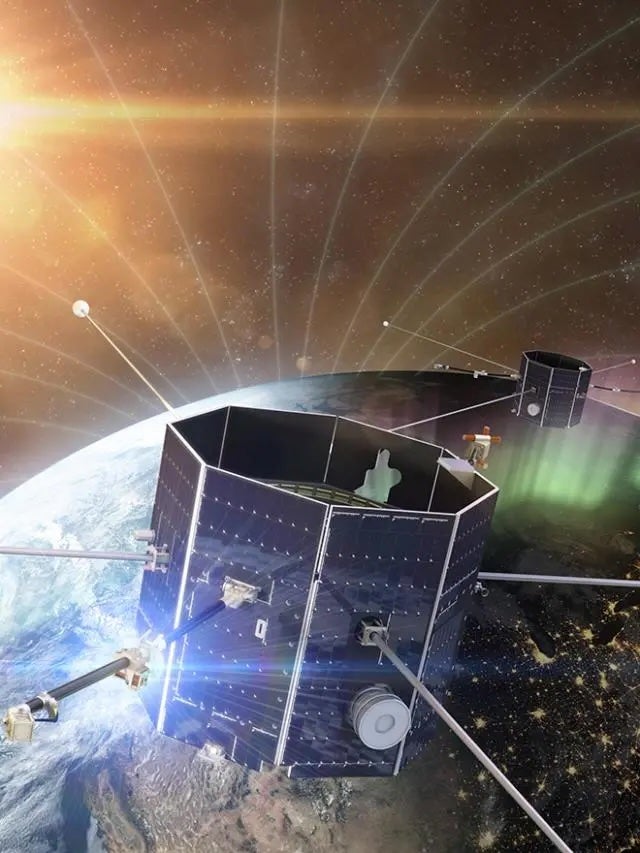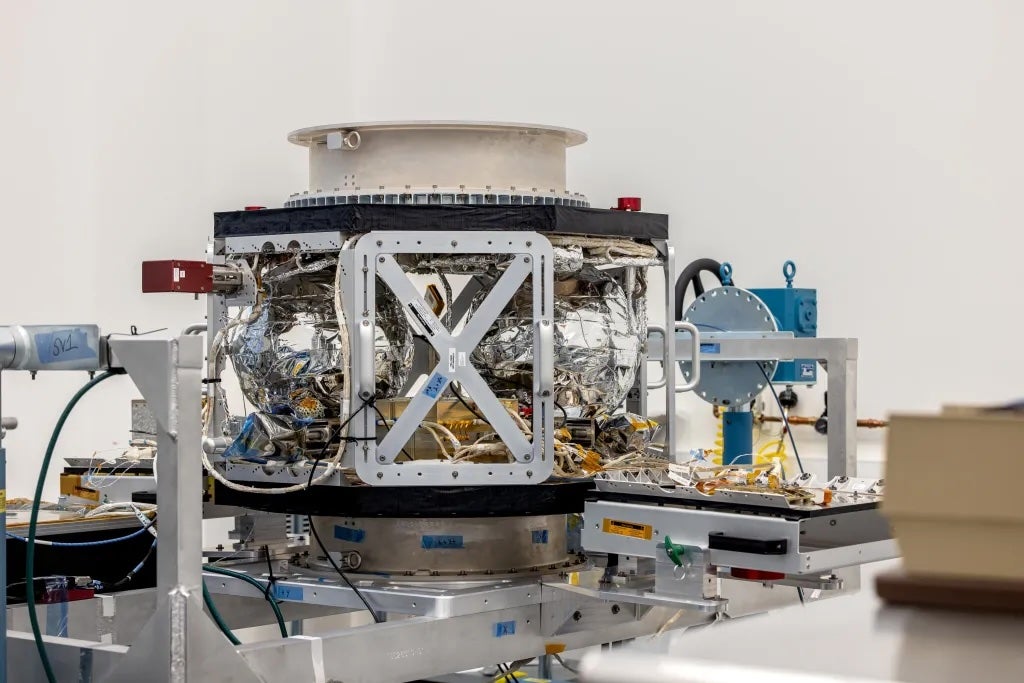NASA completes spacecraft for TRACERS mission to investigate hazardous solar storms
Solar storms have the ability to harm astronauts and force massive blackouts
NASA has completed the twin satellites it will launch next year to study the solar wind and its impact on Earth.
The Tandem Reconnection and Cusp Electrodynamics Reconnaissance Satellites, or “TRACERS,” will help scientists to better understand space weather and how particles from the sun interact with the region around our planet dominated by its magnetic field.
Explosions of particles can result in geomagnetic storms. The storms may affect a part of the Earth’s atmosphere that reflects radio waves used for communication, leading to radio blackouts and power outages on Earth and potentially dangerous conditions for astronauts.
While the sun is in the solar maximum period of its cycle, scientists forecast an increase in solar activity over the course of the next year. Approximately every 11 years, the sun’s magnetic poles swap places, and the 4.5 billion-year-old yellow dwarf star becomes more stormy and active.
The TRACERS mission will specifically focus on magnetic reconnection when activity from the sun interacts with Earth’s protective magnetosphere: the region around the planet dominated by its magnetic field. It causes magnetic field lines to disconnect and reconnect, and particles rain down into Earth’s atmosphere.

To do this, the satellites will fly in single file through the funnel-shaped regions where Earth’s magnetic field opens over the north and south poles. Using data from their flight, scientists will observe how quickly the magnetic reconnection changes.
The satellites were built by Millennium Space Systems, a Boeing company. The team is completing its integration of the TRACERS instruments. NASA said the satellites would be tested before they are shipped to California’s Vandenberg Space Force Base and integrated with the launch vehicle.

“It’s exciting to see the TRACERS instruments and the two spacecraft come together. The team is making excellent progress toward launch,” David Miles, TRACERS principal investigator, said in a statement.

The satellites will launch no sooner than April 2025. The mission was announced in 2019.
Join our commenting forum
Join thought-provoking conversations, follow other Independent readers and see their replies
Comments
Bookmark popover
Removed from bookmarks